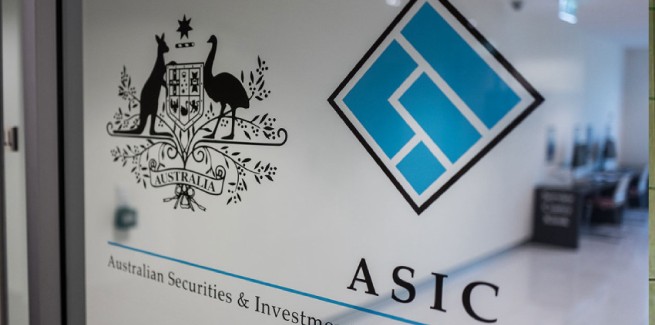According to the Australian Securities and Investments Commission’s (ASIC) latest survey of marketplace lending providers, which involved data gathering from 10 trustees in relation to 13 platforms, new borrowing increased 45 per cent to $433 million in the 2017-18 financial year, with the number of outstanding loans also rising, up 59 per cent to $518 million from 2016-17.
Respondents reported a total of 13,446 investors and 31,421 borrowers as at 30 June 2018, with a total of $352 million invested in the platforms surveyed.
However, ASIC noted that despite the significant increase since 2016-17, the latest figures represent a “slowing down in the rate of investor and borrower growth”.
The ASIC report also revealed that the average interest rate charged by marketplace lenders increased over the financial year, from 10.5 per cent to 11.5 per cent.
However, average interest rate on each dollar borrowed during 2017–18 was 11.6 per cent, down from 13 per cent for 2016–17, which ASIC said suggests that lower interest rates are being provided by operators for larger loans.
ASIC also revealed that rates of default increased moderately to 2.9 per cent of total loan value from 2.3 per cent of total loan value in 2016-17.
Crowdsourced funding
The corporate regulator also conducted a review of crowdsourced funding (CSF) arrangements conducted from 11 January to 30 June 2018.
ASIC found that during the survey period, there were 14 CSF offers, half of which were successful or “complete” and half of which were “incomplete”.
According to the regulator, complete CSF offers raised a net total of approximately $7.04 million during the survey period, with the majority of funds (77.5 per cent) raised from retail investors.
Additionally, of the 17,457 investors in complete offers, nearly all (99.4 per cent) were retail investors.
In contrast, ASIC reported that there were 439 investors in incomplete offers, which raised a net total of approximately $872,000, with the amounts raised returned to investors when the offer failed to complete.
ASIC added that as at 30 June 2018, there were eight licensed CSF intermediaries, which has since doubled to 16 licensed CSF intermediaries.
Reflecting on ASIC’s review, commissioner Danielle Press said: “The surveys help ASIC better understand the make-up of these developing sectors and how ASIC can facilitate their growth while at the same time managing any regulatory risks they pose compared with more traditional lending and fundraising approaches.”
Ms Press said that while the results show ongoing growth in both borrowing and lending activity in the marketplace lending sector, “there are some indications that this growth may be moderating”.
“Conversely, the crowdsourced funding industry is in its early stages and is expected to grow further with the recent expansion of the crowdsourced funding regime to proprietary companies,” she said.
“These ‘snapshot’ surveys also help ASIC assess whether advancements in technology are delivering benefits to consumers and also whether they are creating new risks in lending and fundraising.”
Ms Press concluded: “ASIC will continue to monitor developments in the marketplace lending and crowdsourced funding sectors.
“We are committed to facilitating innovation while ensuring investor trust and confidence is maintained, and ‘disruptors’ to the market are held to the same standards as more traditional players.”
[Related: ASIC rejects criticism of ‘new mandate’]
